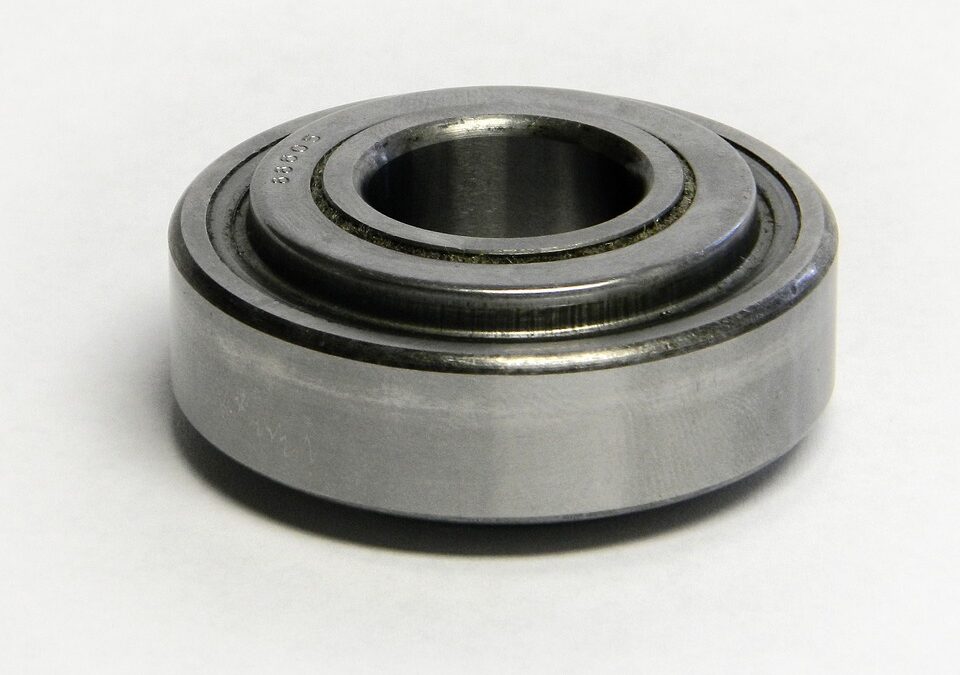Compared with the normal bearings such as ball-bearing (deep groove ball bearing, self-aligning ball bearing, thrust ball bearing, etc.), needle bearing, pillow block bearing, the linear motion bearing is little known to most people. It is a bearing designed to move freely in one dimension. Like many other products, linear bearings are of different types. But in general, they can be divided into two categories, rolling bearings, and sliding bearings.
Let’s consider the first category. An outer ring, which looks like a sleeve, and several rows of balls held by cages make up the rolling bearing. The cages are originally made of solid metal and are quickly replaced by stampings. This kind of product has many characteristics, such as smooth motion, low friction, high rigidity, and long service life. They are also economical and easy to maintain and replace.
Rolling bearings can be made in two forms: Ball bearing slides and roller slides. The former form is the simplest type. They are also referred to as ball-bearing slides. They can be used in various places, such as the manufacturing industry, electronics, and construction. In addition, they can also be used in the furniture industry. For example, a ball-bearing drawer slide is widely used in this very industry. The latter is also known as a cross roller guide. Like the former, they can also be used in many fields, such as clean rooms, vacuum environments and automation machines, etc.
Now it is time to look at the second category, namely plain bearings. In some ways, this type of product is quite similar to the first type, except that they slide without the use of ball bearings.
However, there are undoubtedly many differences between the two types of products. Firstly, plain bearings can run on hardened steel or stainless steel shafts (raceways) or can run on hard-anodized aluminum or soft steel or aluminum, while the roller bearings can only run on hardened steel or stainless steel shafts. Second, plain bearings are less rigid compared to rolling bearings. Third, plain bearings cope well with contamination and often do not need seals, while the other does not. Fourth, plain bearings generally have a wider temperature range than rolling bearings. Last but not least, the plain bearings (plastic types) do not need oil or lubrication, while the other type is the opposite.
All in all, the linear motion bearing is quite complicated. It requires a lot of time to familiarize yourself with this kind of product. In the meantime, it is also quite necessary to learn about it.
For more information on the types of bearings, please visit the link provided.


